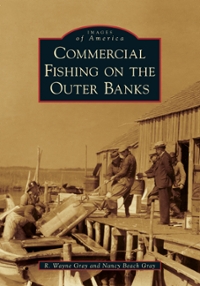16) You are given the following information about Stock X and the market: (i) The annual effective risk-free rate is 5%. (ii) The expected return and volatility for Stock X and the market are shown in the table below: Expected Return Volatility Stock X 5% 40% Market 8% 25% (iii) The correlation between the returns of stock X and the market is -0.25. Assume the Capital Asset Pricing Model holds. Calculate the required return for Stock X and determine if the investor should invest in Stock X. (A) The required return is 1.8%, and the investor should invest in Stock X. (B) The required return is 3.8%, and the investor should NOT invest in stock X. (C) The required return is 3.8%, and the investor should invest in stock X. (D) The required return is 6.2%, and the investor should NOT invest in Stock X. (E) The required return is 6.2%, and the investor should invest in stock X.5. Solve for the equilibrium /*, the equilibrium wage a*, the equilibrium after-tax return on cap- ital r. Without solving for the deadweight loss, is the tax on capital more or less efficient than the tax on labor? Note: you are not required to make any unnecessary/ duplicate calculations if you don't need to]. The equilibrium is the same as in part 1 & 2. The only difference is that now the gross interest rate is r*, while the after-tax interest rate is "* =r* (1 + 7). Since the tax introduces no distortions, it is more efficient than the labor tax.6. Without doing any math, discuss the impact of imposing a capital tax. How much of the tax would be paid by capital owners? How much by labor owners?For the remainder of this problem, set A = 0. 3. Now suppose that the Medicare system switches to a prospective payment system. For our purposes, let's say that the prospective payment system compensates doctors by a fixed payment a provided that a 2 4, where & is some level set by the Medicare administrators. That is, the prospective payment system gives doctors a fixed dollar amount per patient, but requires that doctor's provide at least a certain amount of care. (a) If the Medicare prospective payment system wants doctors to provide precisely8. Suppose the government institutes a tax on labor earnings of 7 (and no other taxes). Solve for the agent's marginal rate of substitution between c, and cy, and between & and q . Explain the intuition of both equations. Is the MRS distorted? Why or why not? [Note: no derivations should be necessary - just apply the results from parts 1-4]b). Suppose now that the central bank is not credible, so it cannot make a commitment about future inflation. This implies that central bank cannot fix agents' expected inflation at 0. Suppose that the agents have rational expecta- tions, that is. their expected inflation is exactly equal to actual inflation. What is the optimal choice of inflation in this case? What is the value of the loss function? Compare it to the one you obtained in part (a), which one is larger? (10 pts)9. (10 points) Suppose that the two countries open up to trade and the new equilib rium world price of automobiles is 150 and the world price for computers is also 150.21) Determine which version of the efficient markets hypotheses is contradicted by a momentum strategy whereby investors can use past stock returns to form a portfolio with positive alpha. (A) Weak form only (B) Weak form and semi-strong form only (C) Weak form, semi-strong form, and strong form (D) Strong form only (E) It does not contradict any of the three forms of the efficient markets hypothesis














